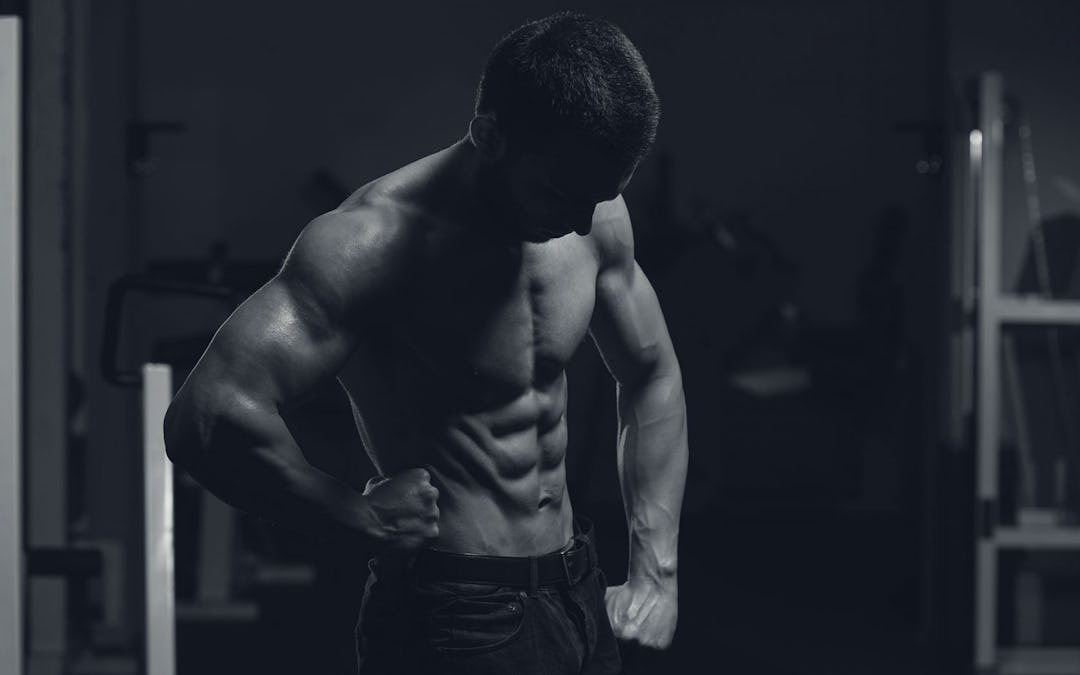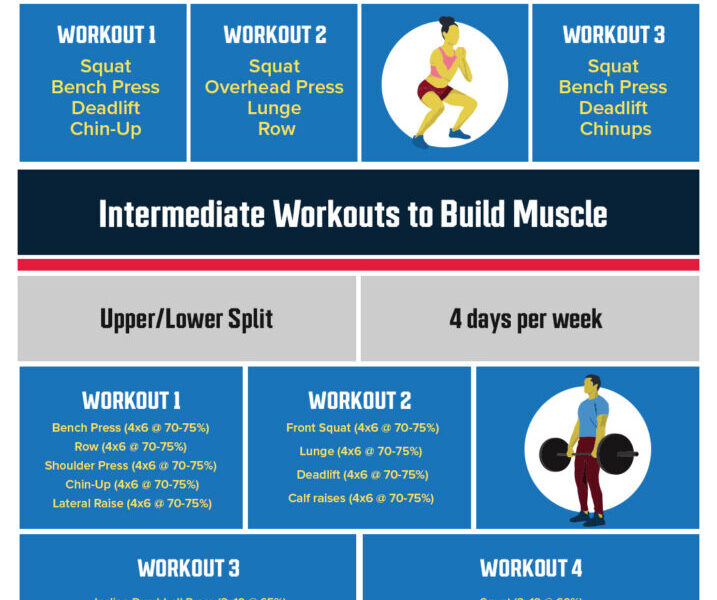How to Effectively Build Muscle at Home: Comprehensive Guide & FAQ
Have you been seeking ways to upgrade your fitness game without having to step foot into a gym? In the comfort of your own home, you can effectively build muscle and enhance your overall physical strength. The article you’re about to read is a comprehensive guide and frequently asked questions (FAQ) document on the very topic; how to constructively develop your muscles at home. From understanding the science of muscle building to outlining actionable exercises and proper diet plans, your journey towards a toned and fit body begins right here, right now. So, buckle up, prepare your mind, and let’s navigate this fitness pathway together!
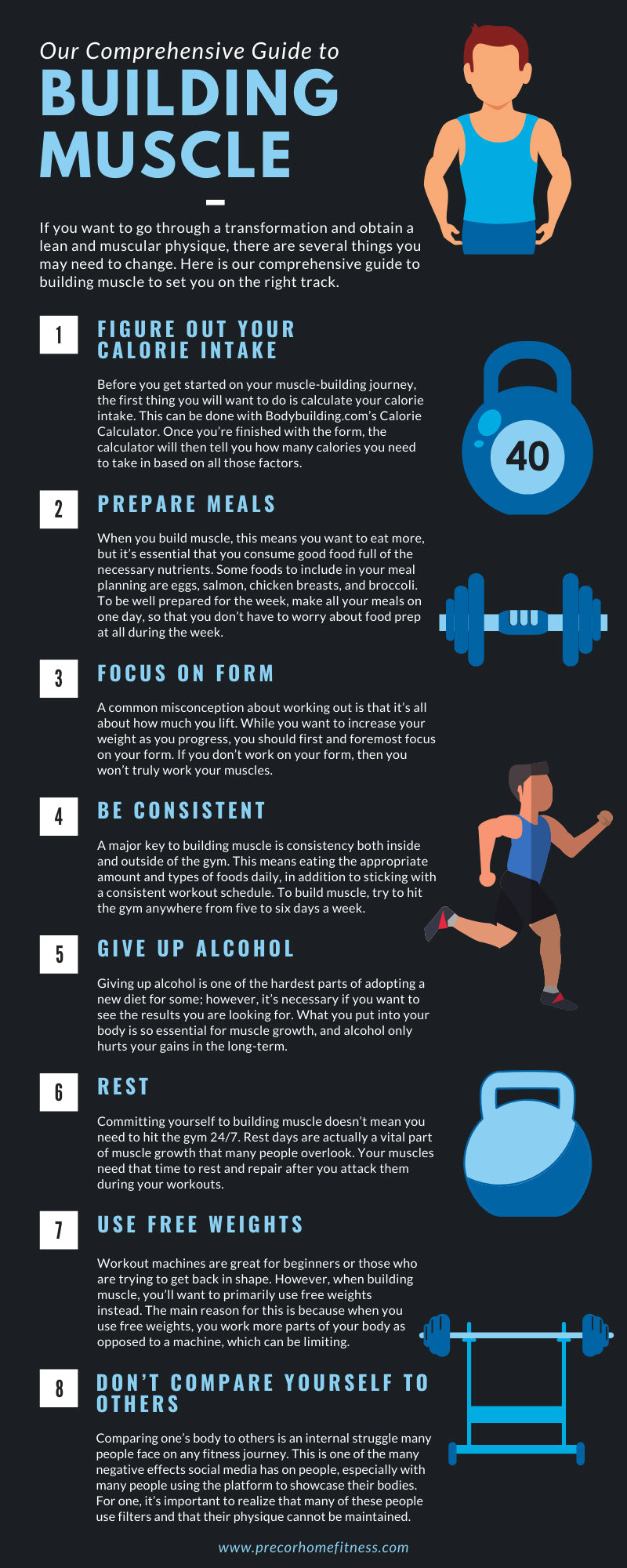
Understanding Muscle Building
This journey you’re embarking on isn’t simply about pumping iron—it’s about understanding the biology behind gaining muscle and how our bodies react to different types of training and lifestyle choices.
Basics of Muscle Growth
First and foremost, let’s break down muscle growth. When you work out, especially in resistance training, your muscles undergo strain causing microscopic damage to the muscle fibers. When given proper nutrition and rest, these damaged muscle fibers repair and grow stronger, leading to muscle growth, also known as hypertrophy.
Role of Genetics in Muscle Building
Genetics play a silent yet significant role in muscle building. Some of you are genetically predisposed to gain muscle easier and quicker than others. But don’t be discouraged if your genes lack that ‘oomph’. Muscle building is not solely dependent on genetics. With diligence, patience, and the right strategy, you too can effectively build muscles.
Importance of Hormone Levels
Hormones have a major role when it comes to muscle growth. Testosterone, human growth hormone (HGH), and insulin-like growth factor (IGF-1), are essential for muscle repair and growth. These hormone levels are affected by sleep, nutrition, and your workout regimen.
Creating a Home Workout Plan
Now we’re getting to the good stuff. Don’t fret about gym membership- you can create a home workout plan tailored to your needs and capabilities.
Identifying Your Body Type and Fitness Objectives
Before you start pumping those muscles, take some time to understand your body type. Are you an ectomorph, mesomorph, or endomorph? Each body type has different muscle gain and fat loss tendencies. Likewise, identify your fitness objectives—whether it’s lean muscle gain, fat loss, or plain strength building, as these will guide your workout planning.
Different Types of Workout Routines
There’s a plethora of workout routines to choose from: Full Body Workouts, Split Body Workouts, High Intensity Interval Training (HIIT), or Circuit Training. Each has its own unique benefits. It’s about finding what suits your abilities and goals best.
Balancing Strength and Cardio Training
In your quest to build muscle, don’t neglect cardio training. Cardio improves heart health and aids in fat loss, revealing those sought-after muscles. A good workout plan includes a balanced mix of strength and cardio training.
Designing a Weekly Workout Schedule
Put your decisions into a weekly workout plan- which days will you commit to strength training, cardio, and what parts of your body will you focus on each day? Consistency is key in muscle building, so make it reasonable and achievable for you.
Adjusting Your Workout Plan as you Progress
As your strength increases, so should the intensity of your workouts. Every 4 to 6 weeks, reassess your workout plan. Add weight, perform more reps, or incorporate new exercises to keep challenging your muscles and avoid a growth plateau.
Essential Exercises for Muscle Building
Some exercises are quintessential for muscle building. They work on multiple muscle groups at the same time, leading to greater calorie burn and muscle growth.
Push-Up Variations and Benefits
Push-ups are an excellent bodyweight exercise that work your chest, shoulder and triceps. By altering hand placement, you can target different muscles- wider hand positions emphasize chest muscles, while narrower ones emphasize triceps and shoulders.
Squat Variations and Benefits
Squats primarily target your glutes, quads, and hamstrings. A basic squat engages your entire lower body, while sumo squats target the inner thighs and goblet squats emphasize the glutes.
Lunge Variations and Benefits
Lunges focus on your entire lower body as well. Lateral lunges target the inner thighs, while reverse lunges are ideal for hamstrings and glutes.
Plank Variations and Benefits
Planks are a full-body exercise, with focus on your cores. Side planks target the obliques, while extended planks intensify the work on your cores.
Pull-Up Variations and Benefits
Pull-ups are phenomenal for upper body development. Wide grip pull-ups help broaden your back, close grip pull-ups target the middle back, and chin-ups fire up your biceps.
Using Bodyweight Exercises to Gain Muscle
Bodyweight exercises are a great starting point to gain muscle.
Advantages of Bodyweight Exercises
Firstly, they require no equipment. They improve balance, flexibility, and strength, and can be done virtually anywhere. They’re also a fantastic way to learn proper form and technique.
Overcoming Bodyweight Training limitations
Bodyweight training does have its limitations, the main one being the lack of external resistance. As you get stronger, your body weight may not provide enough challenge. Some clever ways around this are to increase repetitions, prolong each repetition, or use single-limb variants of exercises for added difficulty.
Best Bodyweight Exercises for Each Muscle Group
Push-ups, planks, and pull-ups target your upper body. Squats, lunges, and burpees are excellent for the lower body. For abs, opt for bicycle crunches or Russian twists.
Acquiring Strength and Endurance through Bodyweight Exercises
Focusing on slow, controlled movements, maintaining proper form, and gradually increasing repetition number will help you improve strength and endurance, not to mention getting those muscles growing.
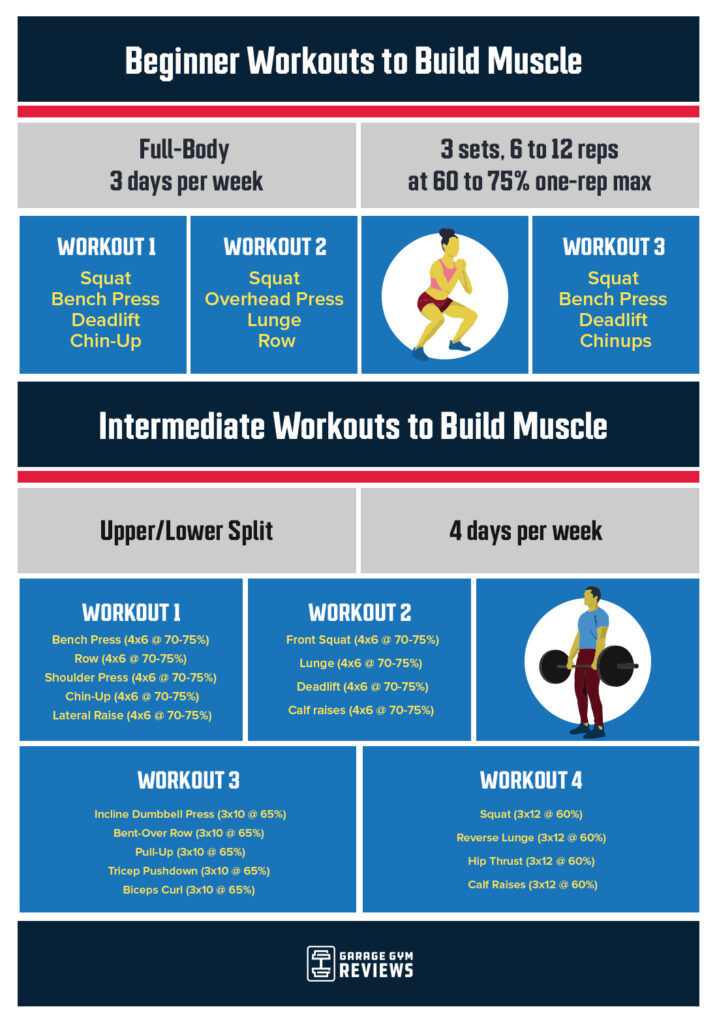
Incorporating Equipment into Home Workouts
As you grow stronger, you might want to elevate your home workouts by incorporating some simple equipment.
Making the Best Use of Dumbbells
Dumbbells are versatile and user-friendly. They’re perfect for isolation exercises and help even out strength imbalances between your limbs. Exercises like dumbbell rows, alternated bicep curls, and tricep kickbacks are great for upper body toning.
Effective Kettlebell Exercises
Kettlebells provide excellent grip strengthening and can be used for dynamic, high-repetition exercises like kettlebell swings, goblet squats, and Russian twists.
Using Resistance Bands
Resistance bands provide variable resistance, meaning, the further you stretch them, the harder they become to pull. They’re perfect for exercises like banded walks, squats, and tricep kickbacks.
Importance of Having a Workout Mat
A good workout mat provides cushioning and support, protecting your joints during exercises. Besides, they’re a literal space dedicator for your workout.
Utilizing Pull-Up Bars and Doorframe Pull-Up Bars
Pull-up bars are incredible for upper body and core strength building. They’re great for exercises such as pull-ups, chin-ups and hanging leg raises.
Maintaining Proper Workout Form and Technique
Now that you’re equipped with knowledge and workout plans, let’s touch on the art of proper form and technique – cardinal to prevent injuries and ensure effective muscle targeting.
Significance of Correct Form
Correct form means you’re properly engaging the intended muscles, thereby maximizing your workout’s effectiveness, and minimizing risk of injury.
Techniques to Avoid Injuries
Warming up, using manageable weights, executing movements slowly and deliberately, and maintaining a neutral spine are few techniques that can save you from workout-related injuries.
Relevance of Focus and Mindful Exercise
Being mentally present during your workout – feeling every muscle contract and stretch, maintaining controlled breathing- benefits by enhancing your mind-muscle connection, leading to more effective workouts.
Methods to Check and Correct Form
Use mirrors to check your form, record and watch yourself exercising, or better yet, get a workout buddy or a fitness coach to give you feedback. Remember to continuously work on and adjust your form.
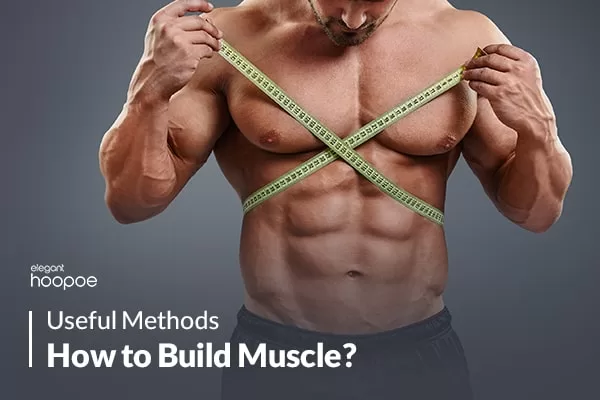
Importance of Rest and Recovery
Building muscles is as much about rest and recovery as it’s about workouts.
Understanding the Role of Rest in Muscle Building
Rest is when the magic happens – your body repairs and strengthens your strained muscles. This is why it’s necessary to have rest days in your workout schedule and get adequate sleep.
Optimizing Your Sleep for Muscle Recovery
During REM sleep, your body produces growth hormone which aids in repairing and building muscles. Make sure you’re getting sufficient and quality sleep.
Implementing Active Recovery Days
Active recovery entails performing light, low-intensity workout on your rest days. This increases blood flow to your muscles, providing them with nutrients and oxygen, and aiding in recovery.
Recognizing and Addressing Overtraining
Overtraining can lead to plateaued progress, fatigue, and increased risk of injuries. If you find yourself losing motivation, feeling constantly fatigued or getting injured frequently, it might be time to reassess your workout needs and rest more.
Nutrition for Muscle Growth
You cannot out-exercise a bad diet. Nutrition plays a significant role in fueling your workouts and aiding in recovery.
Importance of a Balanced Diet
Our body needs all types of nutrients – macronutrients (protein, carbs, fats) and micronutrients (vitamins, minerals). Hence, eating a diverse and balanced diet is critical for overall health and muscle growth.
Role of Protein in Muscle Building
Protein supplies your body with amino acids – the building blocks of muscle. Consuming protein post-workout aids in muscle recovery and growth. Aim for quality protein from both animal and plant sources.
Healthy Carb and Fat Sources
Carbs fuel your workouts and replenish muscle glycogen level post-workout. Healthy sources include whole grains, fruits and veggies. As for fats, they aid in hormone regulation and can be a good source of sustained energy. Avocados, nuts, and fatty fishes are rich in healthy fats.
Consideration for Supplementation
Supplements can fill nutritional gaps if you’re not able to meet certain nutritional requirements through diet. Protein powders, BCAA’s, and creatine are common among fitness enthusiasts. Make sure to consult a healthcare professional before starting any supplementation regimen.
Staying Hydrated
Staying hydrated helps with muscle recovery and general wellbeing. It regulates body temperature, maintains joint health, and transports nutrients to your cells.

Tracking and Evaluating Progress
It’s important to track and evaluate your progress. It not only keeps you motivated but aids in identifying your challenging areas and adjusting your game plan accordingly.
Recording Changes in Strength and Endurance
Noticeable changes in strength and endurance are signs of progress. If you’re lifting heavier, doing more reps or working out for longer durations, you’re on the right track!
Measuring Muscle Size
Take body measurements periodically. Be patient though, muscle growth is a slow process and visible changes might take few months.
Interpretation of Body Composition Measures
Body composition tells what percent of your total weight is fat, muscle, and other components. You can get this measured at a local gym or a healthcare facility. A decrease in fat percentage and increase in muscle mass percentage indicates progress.
Adjusting Workouts and Diet as Needed
How well your workouts are aiding in meeting your fitness goals, how your body is reacting to the nutritional changes, are things to note and adjust as you progress.
Frequently Asked Questions
Finally, let’s address some common queries on muscle building.
How long does it take to build muscle?
Muscle growth is a slow, gradual process. With consistent training, appropriate nutrition and rest, noticeable hypertrophy can be observed in 3-6 months.
Can I gain muscle without going to the gym?
Absolutely, yes! As this article suggests, home workouts with or without equipment can yield effective muscle gain.
What are some effective muscle building exercises?
Exercises such as push-ups, pull-ups, squats, lunges and planks, which target multiple muscle groups simultaneously, are effective for muscle building.
Do I need to eat more to build muscle?
To gain muscle, your body should be in a caloric surplus i.e., you should consume more calories than you burn.
How much rest is needed between workouts for muscle growth?
Resting period between workouts depends on your training volume and intensity. Normally, a rest day or two per week and 7-9 hours of sleep daily is recommended.
The journey to build muscle is not an overnight achievement but a meld of consistency, hard work, and smart choices. Armed with these insights, knock yourself out and get those muscles pumping!
